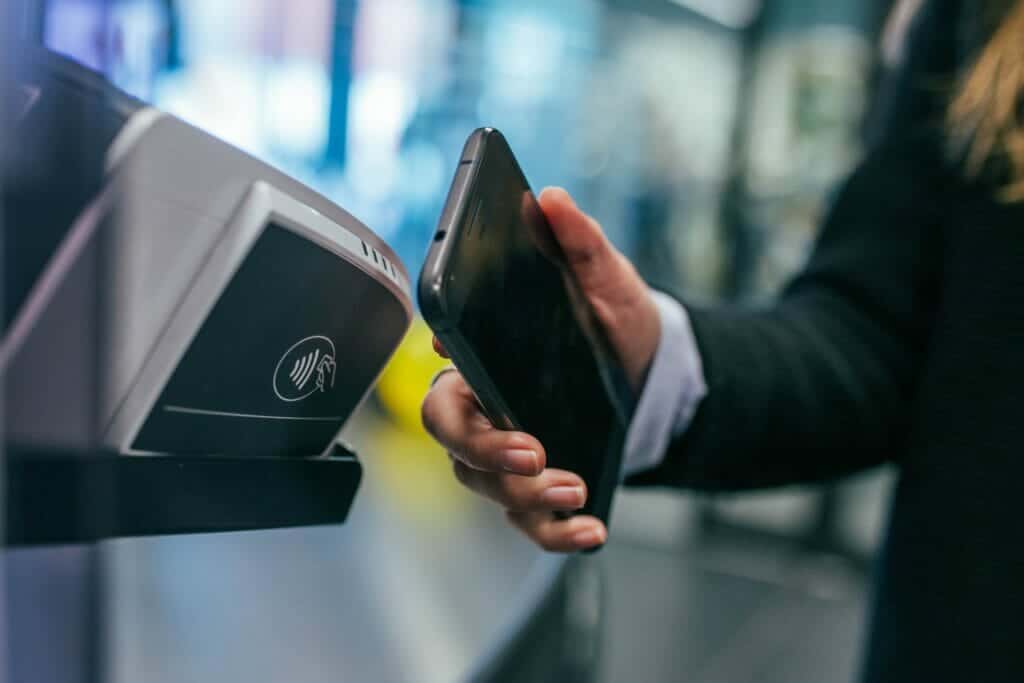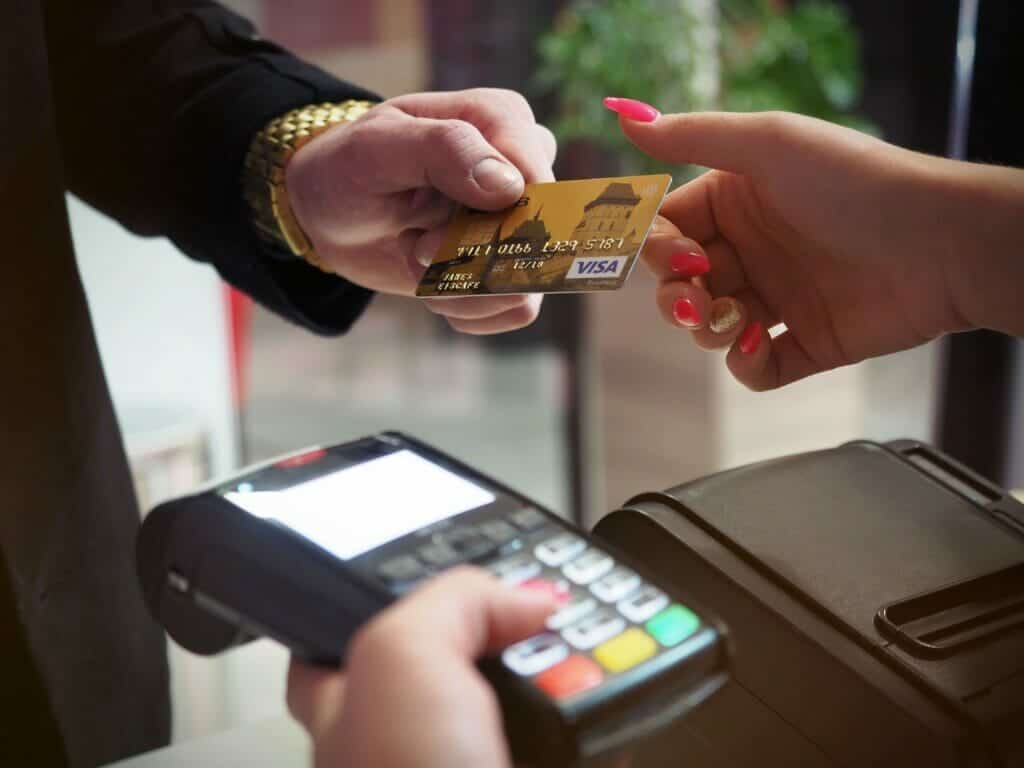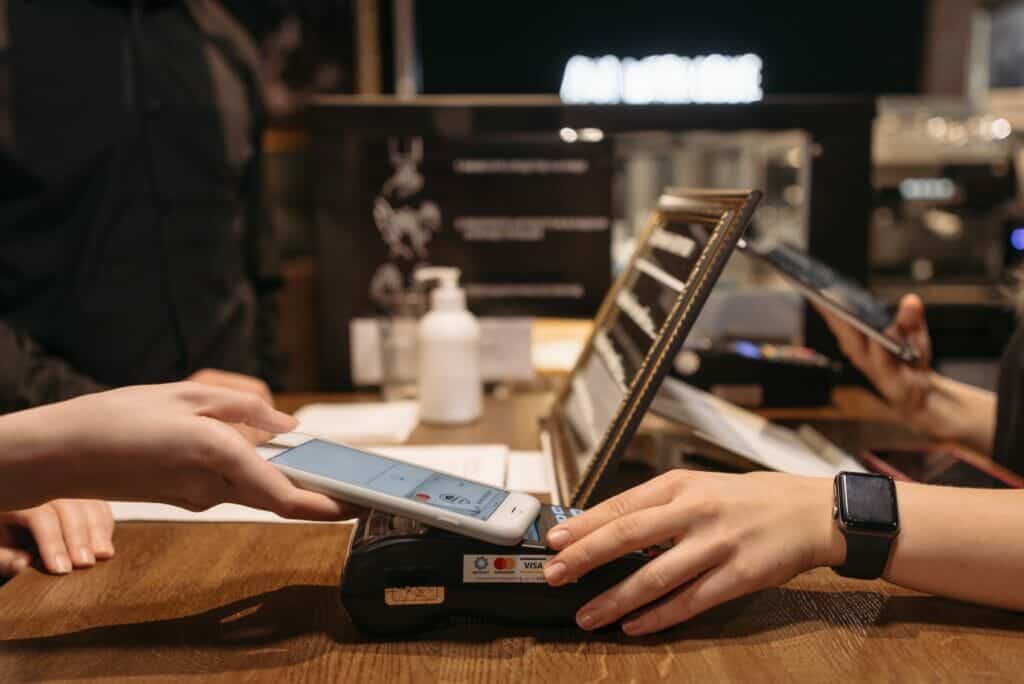In 2018, only 0.18% of U.S. point-of-sale transactions used contactless payment processing. Today, we’re seeing whole venues (and leagues!) ban the use of cash. With the convenience of digital wallets, credit cards, and mobile payment apps, making purchases has never been faster or easier!
Why Stadiums and Venues Are Going Cashless

Cashless transactions were another trend bolstered by the COVID-19 pandemic; handling physical cash was seen as unhygienic, and as a result, cashless payments increased in popularity. By 2021, 29 of the 30 NFL teams transitioned to cashless payments, including a first-ever cashless Superbowl (Superbowl LV). (In case you were wondering, Soldier Field still accepts cash.)
Football isn’t the only sport to go cashless. Most stadiums and arenas that host games for the NBA, WNBA, and NHL are now cashless.
There are many benefits to stadiums and businesses opting to go cashless. Cashless transactions offer faster service, leading to shorter lines and an enhanced customer experience. Fumbling with change and counting bills can be cumbersome for both cashiers and patrons. Cashless payments can help businesses to improve their efficiency by reducing the time spent handling cash. This can free up employees to focus on other tasks.
Handling cash involves expenses related to counting, storing, and transporting money and the need for secure storage facilities and security personnel. Going cashless can reduce these costs and reduce theft and losses, as cashless payments are less likely to be lost or stolen. Cashless payments can also be tracked, which can help deter fraud.
41% of American say none of their weekly purchases are paid for with cash (Pew Research Center)
Lastly, customers like it! Many customers prefer the convenience of digital payments through cards, mobile wallets, or other electronic methods. Furthermore, the prevalence of smartphones and the development of contactless payment technologies have made it easier for businesses to implement cashless payment systems. A win-win for customers and companies alike! But there are disadvantages to going cashless.
The Drawbacks of Cashless Payment Systems
Amid the many benefits of cashless payment systems, several drawbacks exist. While cashless payment systems may be convenient for tech-savvy individuals, they inadvertently exclude certain segments of society. Not everyone has access to smartphones, reliable internet connections, or bank accounts. Not everyone has access to digital payment methods or is uncomfortable with technology. This exclusion can disproportionately affect older adults, low-income individuals, and those living in rural areas.
Privacy and Data Security Concerns in Cashless Transactions

Cashless transactions provide businesses with valuable data about customer behavior and spending patterns. This data is useful for companies to make informed decisions about inventory management, marketing strategies, and more.
However, cashless transactions often involve sharing personal and financial information with third-party providers. This raises concerns about data security and privacy. Hackers and cybercriminals are continually devising new methods to exploit vulnerabilities in payment systems, potentially leading to identity theft, fraud, and financial loss.
Dependence on Technology for Cashless Payment Systems

Relying solely on cashless payment systems leaves payment processing vulnerable to technology failures. Power outages, system crashes, or network disruptions can render these systems useless, leaving individuals unable to make purchases or access their funds. While technology has undoubtedly enhanced convenience, it’s essential to maintain some degree of financial resilience through traditional cash-based transactions.
Hidden Fees with Cashless Transactions

Cashless transactions are not always as cost-effective as they appear. Some digital payment platforms impose transaction fees or foreign exchange charges, particularly in cross-border transactions or currency conversions. Consumers might not always be aware of these fees, leading to unexpected costs that diminish the perceived advantages of using cashless systems.
Cashless payment systems have undoubtedly revolutionized how we handle transactions, offering convenience and efficiency. Stadiums and venues can benefit from the improved speed of service, access to more customer data, and an enhanced customer experience.
However, addressing issues related to inclusivity, privacy, security, technology dependence, and financial awareness is essential to ensure that the benefits of cashless payment systems are accessible to all and do not come at the expense of vulnerable groups. Striking a balance between the digital and the tangible is key to a more equitable and resilient financial future.